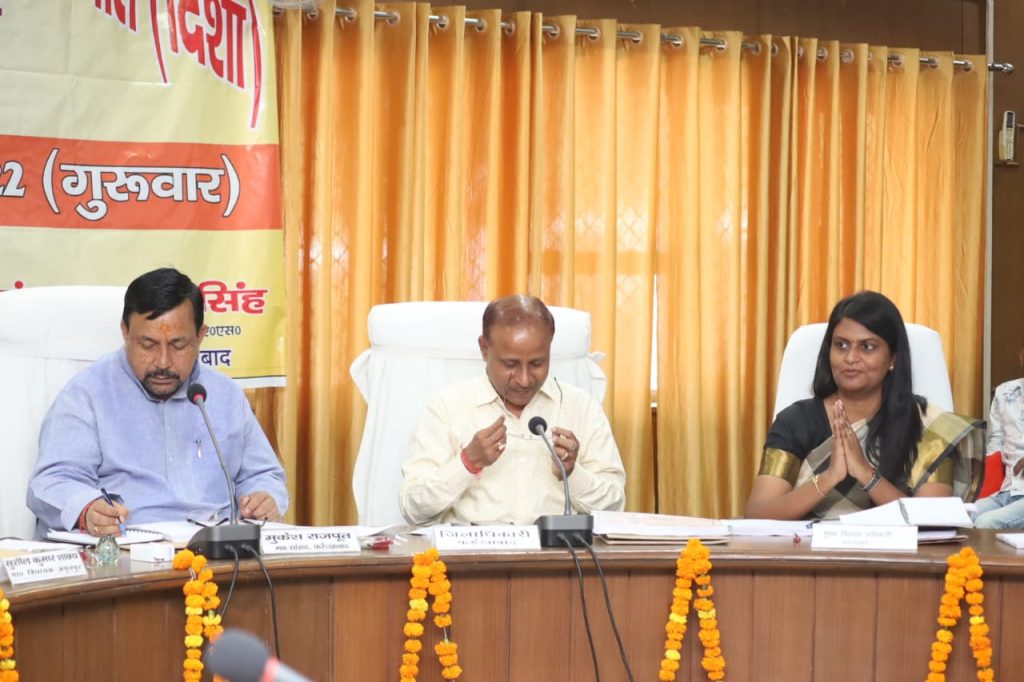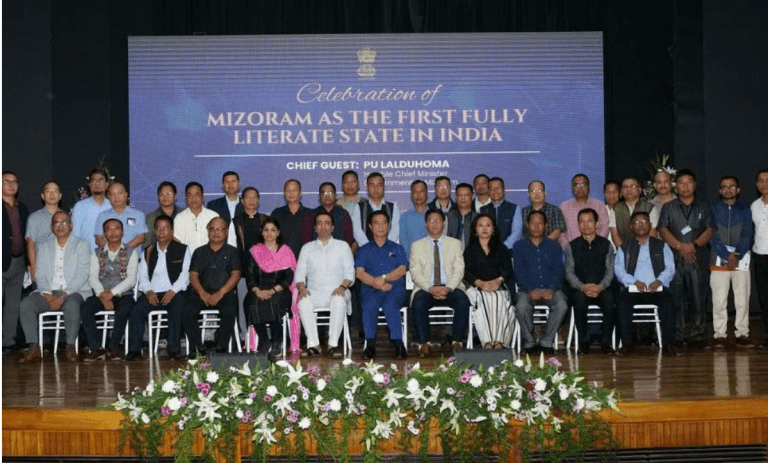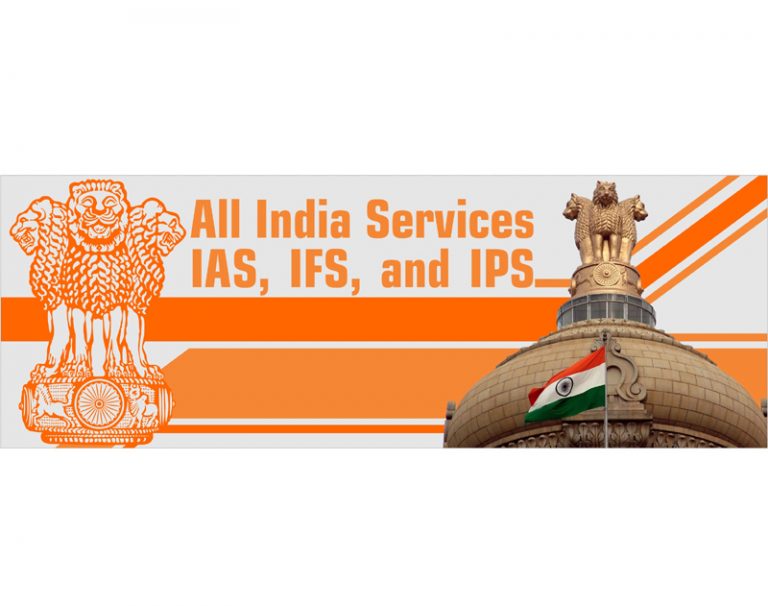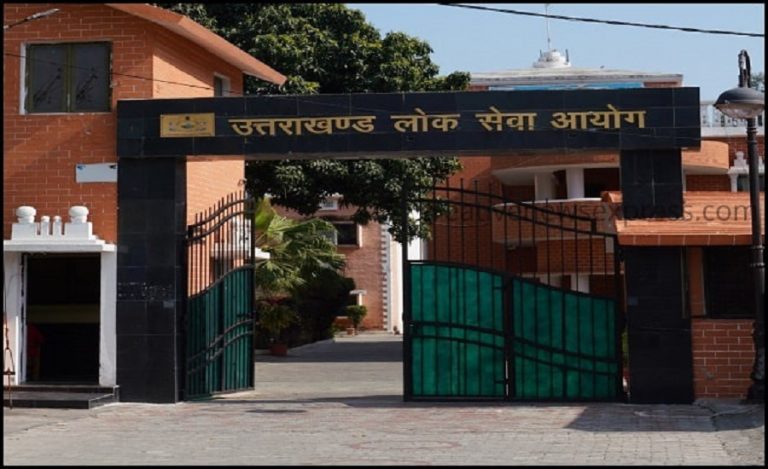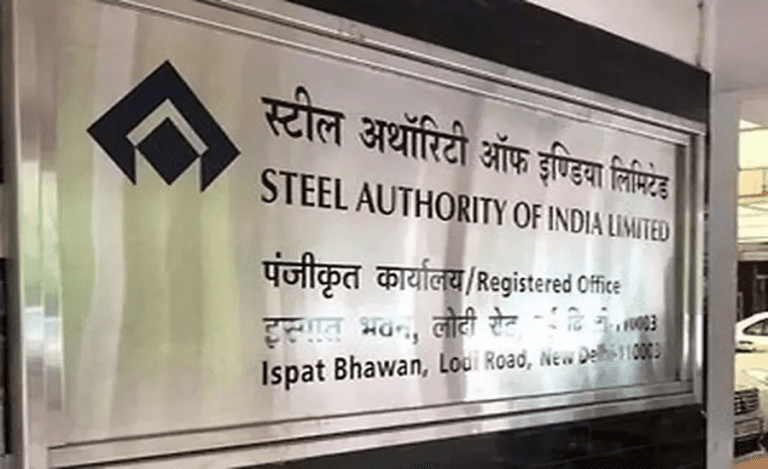A lack of a clear picture of the correct implementation of schemes in the district motivated IAS officer Arunmozhi, Chief Development Officer, Farrukhabad, Uttar Pradesh to develop a ‘Scheme Monitoring System’.
In an exclusive conversation with Indian Masterminds, the officer shared details about the initiative and how it will prove beneficial in the time to come.
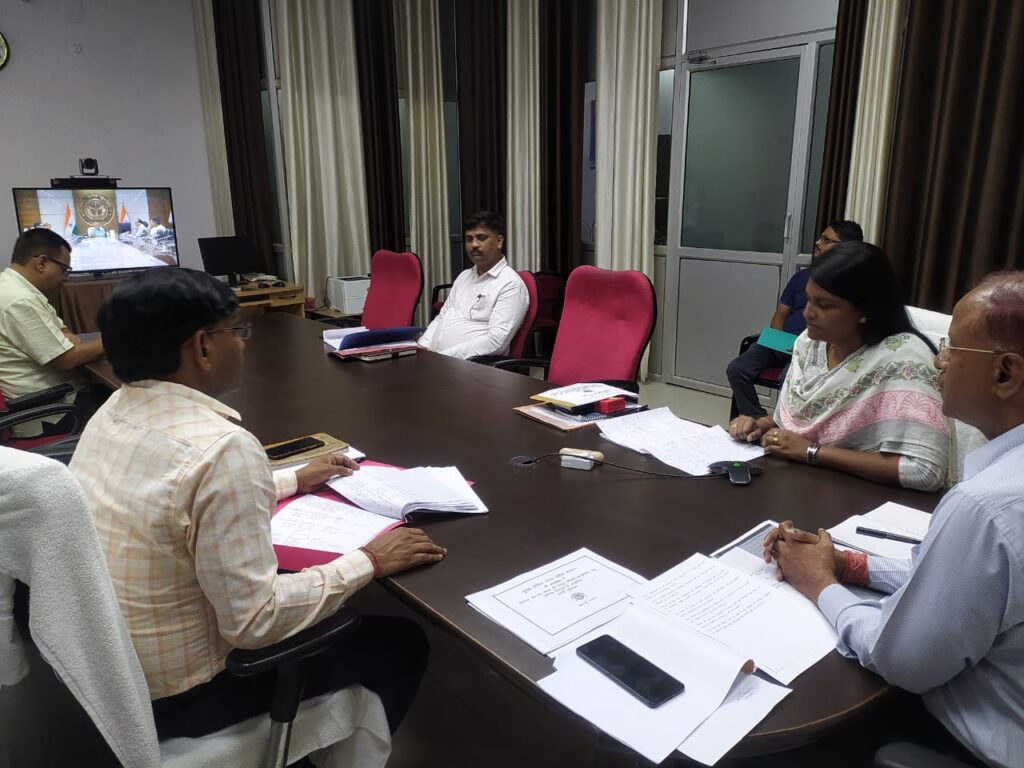
SCHEME MONITORING SYSTEM
Under the guidance of the District Magistrate of Farrukhabad, IAS officer Sanjay Kumar Singh, Ms. Arunmozhi developed a ‘Scheme Monitoring System’, an e-Governance initiative for scheme review and performance evaluation.
The system was developed to provide clarity related to the implementation of various schemes, especially at the gram panchayat level. Analyzing the implementation of schemes at the district level is fairly easy compared to the block and gram levels. It takes meticulous planning and research to understand it on those levels, which is why the officer developed the Scheme Monitoring System.
“This system will help us in easy monitoring and help us in identifying in what regions, which schemes are being utilised properly, and which schemes are lying pending,” Ms. Arunmozhi told Indian Masterminds.
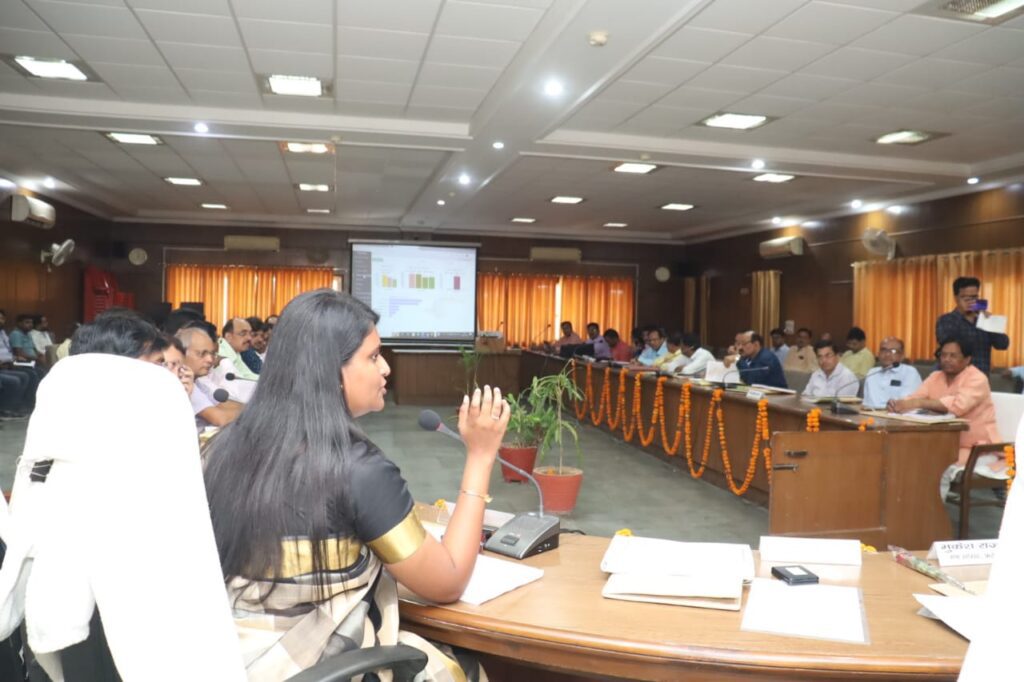
SCHEMES GETTING BENEFITTED
As of now, the scheme monitoring system has been keeping checking on seven government schemes and analyzing their progress. These schemes are the central government’s Pradhan Mantri Awas Yojna Scheme, Swatch Bharat Mission Scheme, National Rural Employment Guarantee Act (NREGA), and National Rural Livelihood Mission (NRLM) along with the state government’s Operation Kayakalp, Panchayat Bhawan scheme, and Community Toilets Scheme.
“We are focussing on these schemes right now and we check their progress every week. The criteria are to see if they are being implemented properly, how they are implemented, where they are implemented, where they are pending, etc. Usually, it took me 3-4 hours to review a single block but with this system, the workload has reduced, and now it only takes five minutes to analyse and review the entire thing,” shared the officer.
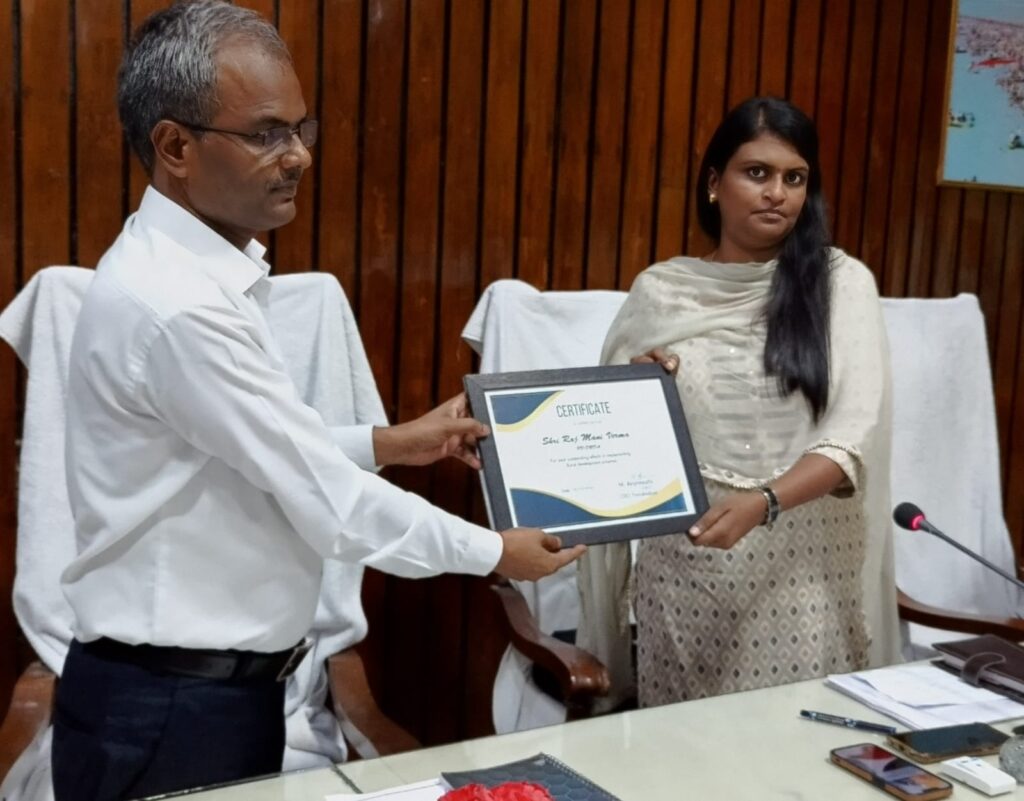
CALCULATING INDIVIDUAL EFFICIENCY
The officer and her team made use of mathematical calculations with the help of which she calculated the efficiency of the work of individual Panchayat Secretaries in different Block Panchayats, who are holding the charge of 3-8 gram panchayats each, in a block.
“This has made performance evaluation quite easy for us. We have made a ranking system under which each individual from each block will be marked according to their work and efficiency, based on which they will be further ranked,” stated the officer.
Individuals with good marks and ranks are then praised and awarded whereas individuals with poor marks and low ranks are given a warning and asked to buckle up.
“This new system has also enabled self-motivation in the individuals, which was absent before. Everybody wants to perform well to get good marks and ranks, which is proving to be beneficial for everyone,” she said.

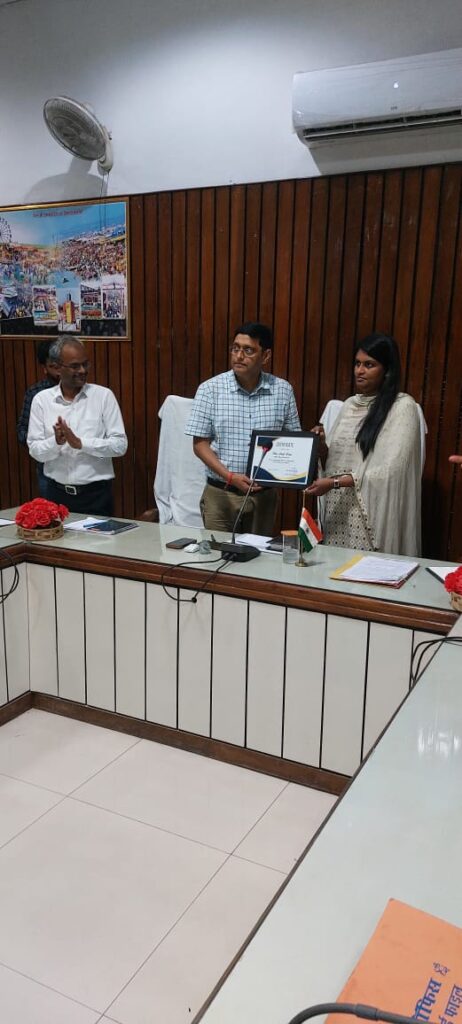
DRASTIC CHANGE
The Scheme Monitoring System has brought about a drastic change in the working, analysis, performance, and efficiency of the administration, especially at the block and gram levels, that somehow went unnoticed before. Within a span of just 2-3 months, the changes became prominent and were well received by all.
Ms. Arunmozhi is also planning on launching an app-based platform for people to keep themselves updated at all times, related to the transfers in government. She has already tried the link on a pilot basis on National Informatics Centre’s official website. For now, one can access the application through digital credentials, but soon, the use of credentials will be removed and anyone would be able to click on the link and access the working of the department and its efficiency.

Ms. Arunmozhi and her team’s initiative is being looked at as a game-changer in raising the efficiency of various government departments.

